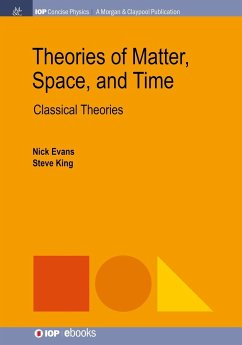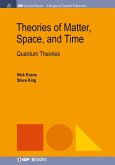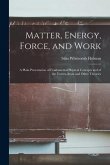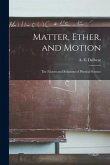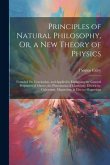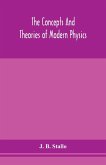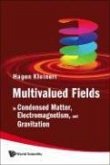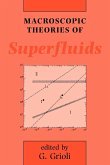This book and its sequel (Theories of Matter Space and Time: Quantum Theories) are taken from third and fourth year undergraduate Physics courses at Southampton University, UK. The aim of both books is to move beyond the initial courses in classical mechanics, special relativity, electromagnetism, and quantum theory to more sophisticated views of these subjects and their interdependence. The goal is to guide undergraduates through some of the trickier areas of theoretical physics with concise analysis while revealing the key elegance of each subject. The first chapter introduces the key areas of the principle of least action, an alternative treatment of Newtownian dynamics, that provides new understanding of conservation laws. In particular, it shows how the formalism evolved from Fermat's principle of least time in optics. The second introduces special relativity leading quickly to the need and form of four-vectors. It develops four-vectors for all kinematic variables and generalize Newton's second law to the relativistic environment; then returns to the principle of least action for a free relativistic particle. The third chapter presents a review of the integral and differential forms of Maxwell's equations before massaging them to four-vector form so that the Lorentz boost properties of electric and magnetic fields are transparent. Again, it then returns to the action principle to formulate minimal substitution for an electrically charged particle.
Hinweis: Dieser Artikel kann nur an eine deutsche Lieferadresse ausgeliefert werden.
Hinweis: Dieser Artikel kann nur an eine deutsche Lieferadresse ausgeliefert werden.

